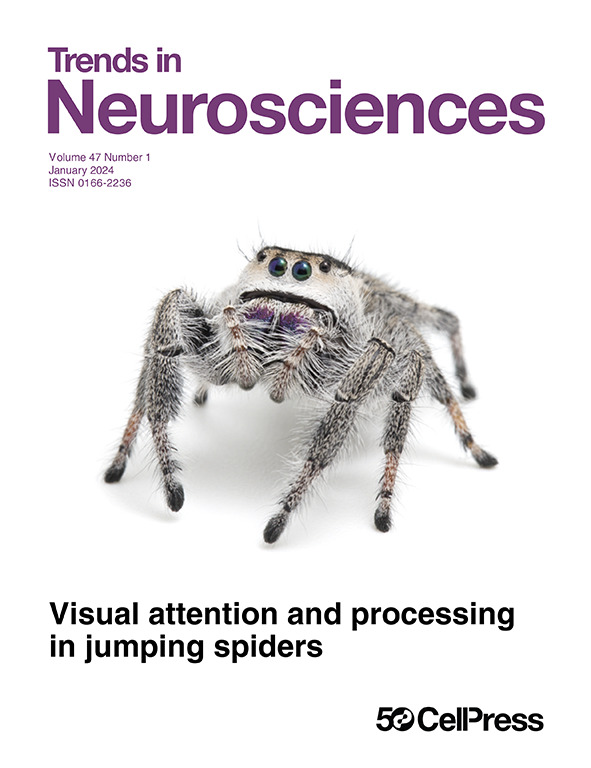捕捉大流行后研究参与者的变化。
IF 14.6
1区 医学
Q1 NEUROSCIENCES
引用次数: 0
摘要
COVID-19大流行对身心健康的影响毋庸赘述。然而,除了直接影响外,COVID-19感染可能还会产生其他间接后果。本文旨在发起一场关于大流行难以捕捉的结果的对话,这些结果与对人类参与者进行测试的研究人员有关。这些考虑鼓励在评估大流行前后的行为模式时收集更多措施。本文章由计算机程序翻译,如有差异,请以英文原文为准。
Capturing postpandemic changes in research participants.
The impact of the COVID-19 pandemic on physical and mental health hardly need be reiterated. Yet, there are likely other indirect aftereffects of COVID-19 infection in addition to the direct effects. This article aims to initiate a conversation regarding difficult-to-capture outcomes of the pandemic that are relevant to researchers who test human participants. These considerations encourage collection of additional measures when assessing pre- versus postpandemic patterns of behavior.
求助全文
通过发布文献求助,成功后即可免费获取论文全文。
去求助
来源期刊

Trends in Neurosciences
医学-神经科学
CiteScore
26.50
自引率
1.30%
发文量
123
审稿时长
6-12 weeks
期刊介绍:
For over four decades, Trends in Neurosciences (TINS) has been a prominent source of inspiring reviews and commentaries across all disciplines of neuroscience. TINS is a monthly, peer-reviewed journal, and its articles are curated by the Editor and authored by leading researchers in their respective fields. The journal communicates exciting advances in brain research, serves as a voice for the global neuroscience community, and highlights the contribution of neuroscientific research to medicine and society.
 求助内容:
求助内容: 应助结果提醒方式:
应助结果提醒方式:


